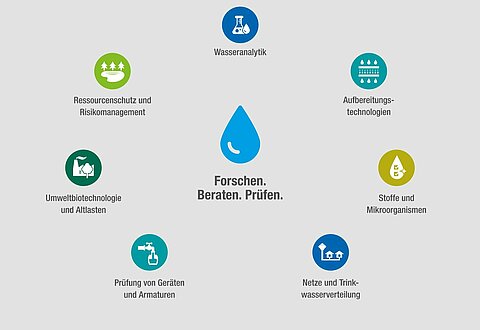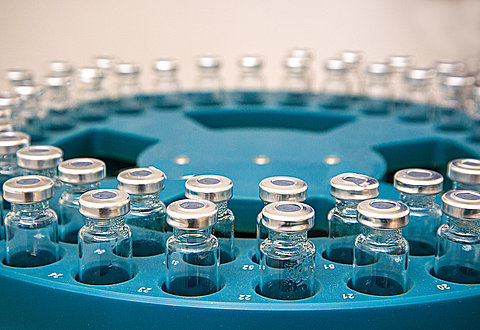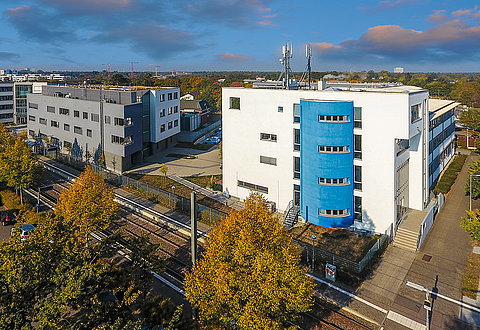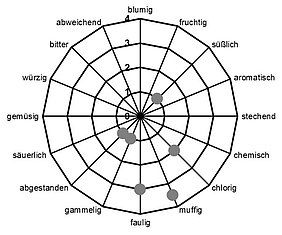In the joint R&D project of the DVGW and the ATT along with five other water suppliers, researchers aim to identify the causes of a “musty” odour problem in drinking water after distribution in the network. Based on this, the most effective methods to identify and prevent these odour incidents should be found and early warning indicators developed if possible.
The research project follows the assumption that widely occurring free amino acids react with the disinfectant chlorine. This reaction produces reaction products, some of which may have odours. To test this assumption of a possible odour developing in drinking water, the real concentrations of free amino acid must be determined. The presence of amino acid itself and also its concentrations in natural water samples are decisive for the chlorination products that exceed odour threshold concentrations.
Due to the high concentration variability, long-term measurement series and robust analytics were needed for evaluation. In regular testing of three waterworks over a period of six months, the first comprehensive study was performed. Based on lab experiments, the capacity of free amino acids to produce odours is established, as well as that of peptides and proteins. Different chlorine and nitrogen concentrations were used and the reaction times were varied. Using mass spectrometry (HPLC-MS) analyses in model solutions it was possible to then determine individual chlorination products.
Publications:
Grübel, A.; Schmidt, W.; Imhof, L.; Wagner, M.: Aminosäurebürtige Desinfektionsnebenprodukte – verantwortlich für Geruch von Trinkwasser? [Amino acid-like disinfection by-products – are they responsible for drinking water odour?]. Vom Wasser 109 (2011) 3, 71-100 (2011)


![[Translate to English:] Prüfstelle-Produktprüfung_Teststand Test centre and product testing](/fileadmin/_processed_/0/9/csm_TZW-Karlsruhe_Pruefung_Geraete-Teststand_444204ae51.jpg)
























